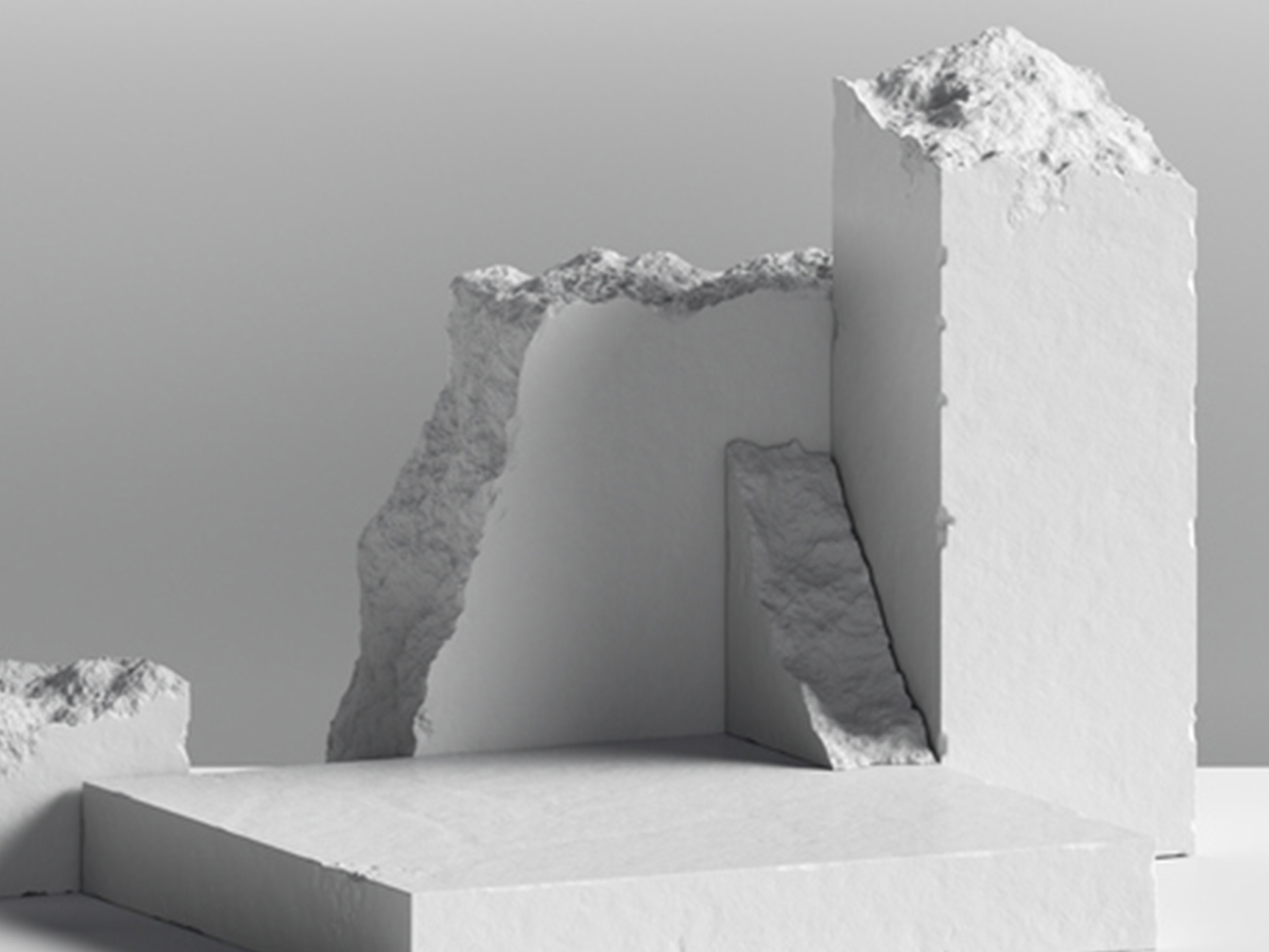As the buzz around environmental and climate-related reporting continues to build, MEttle spoke with Nick Traber, Chief Executive Concrete at Fletcher Building, to gather his lessons and insights about how this all appears in the concrete reality of business operations, as well as to understand what challenges and opportunities exist for sustainable growth.
Traber is a leader both in exceptional and clear, detailed environmental reporting, and in the positive impact that it can make to business – even when the product is one of the most scrutinised materials on the planet: concrete. He is a man on a mission to explain how his organisation undertakes due diligence on its internal ESG performance and targets while making positive changes in a sector that is always under the sustainability microscope.
Getting the context and data right
In his current role for two years now, Nick joined Fletcher Building Concrete from global player, Holcim. An economist by training, and a graduate of the University of Zurich, Harvard Business School and the Singularity University in California, Nick brings significant concrete and cement sector experience to New Zealand from his senior industry roles over the past 20 years, including in Switzerland, Ecuador and Spain.
Saying that he has always loved operations and manufacturing, he admits to having “had a glimpse of several industries: finance, engineering, endurance. Then I landed in the cement industry, which gave me opportunities to take profit and loss responsibility at an early age, plus entrepreneurial thinking. In this industry, I’ve been to parts of the planet that not many industries would take you.”
Unapologetically proud of the role that concrete plays, saying “whenever society develops, it is based on concrete,” he also says that context is needed when it comes to understanding reporting around topics such as the CO2 emissions generated by concrete.
In the last 15 years China has poured more concrete than the USA has in its whole history.
“Globally, buildings account for 40% of the world’s CO2 emissions. Of that, 30% comes from the materials that are used, and the other 70% comes from buildings in use. While concrete comprises 6% of all man-made emissions and is the second largest emitting manufacturing sector after steel, it is worth considering that more concrete is consumed than all other building materials together, and most of those materials have a higher impact than concrete. In the last 15 years alone, China has poured more concrete than the USA has in its entire history. This has contributed to the numbers enormously, although it is helping to lift people out of poverty thanks to the infrastructure the concrete creates.”
When it comes to measuring CO2 impacts, Traber casts his mind back to a sustainability conference 10 years ago.
“Peter Baker at the World Business Council Sustainability Development said our industry was an endangered species if we wouldn’t change. But sustainability was always the number one topic for me, and its importance has only grown. I consider us lucky at Fletcher Building that we started very early on the journey.”
We know the scope and boundaries of our emissions, so we can communicate with detailed data and confidence to our customers across the whole value chain.
Explaining how Fletcher Building goes about creating its reporting, Traber says that the first and most important step taken by the company was to get the data right. To this end, Traber was involved with the global Get The Data Right initiative. This has provided him and his team with a global depository of industry data that goes back to 1990.
“We’ve worked with scientists and studies to prove what is working and where our focus needs to be. This means we know what has been achieved so far. We know the scope and boundaries of our emissions, so we can communicate with detailed data and confidence to our customers across the whole value chain. The global industry has us on a roadmap to get us to zero emissions by 2050.”
To achieve this Traber says that Fletcher Building knows that to be credible first you need to have robust systems in place to measure with independent accreditation.
“Only claim what you’re absolutely sure and can measure. It’s extremely important that we are clear about what we do and don’t know. This approach has served the industry well. It’s comforting to see our industry measuring and setting targets in the same way which adds credibility and protects us from greenwashing or ultimately landing in court.”
Taking a holistic view of the wider value chain
Traber then adds that he is seeing increased interest from investors who recognise the benefits of leading sustainable development businesses.
“That is why we work to stay at the forefront of sustainable development performance as reflected by awards, labels and indices. All our major product lines now hold environmental product declarations, we are the first building materials and construction company in New Zealand or Australia to set a science-based target for carbon reduction, we were awarded in 2021 the most improved company in New Zealand with the Carbon Disclosure Project, and we are one of 16 companies in our sector and one of only four New Zealand companies in any sector included in the Dow Jones Sustainability Index Asia-Pacific.”
Traber says that a holistic view – taking in the whole value chain and lifecycle, and not just on a company basis but on a wider national and international basis – is essential.
“When you design CO2 systems and policies, you need to think about those side effects and collateral damage. New Zealand is in a unique position: we deliver our product through a local manufacturing base. This provides us with the ability to locally control the whole CO2 journey.
“Looking further afield though, Switzerland for example imports more CO2 than it produces itself because most heavy industries have gone. So, when you consider only what they are emitting locally it looks good, but not when you consider everything consumed.
“We need a level playing field, because otherwise we should simply shift CO2 abroad. This has been part of the European dilemma over the last 15 years, a lot of industries have left, and they then look at just importing the products and they become dependent on countries that you may not want to depend on.”
So how to deal with this challenge?
There is no silver bullet, says Traber, who is also keen to dispel the myth that timber is a more sustainable building material than concrete.
“Wood does have great advantages and is a great building material, and we use a lot of it in New Zealand, but it has limited availability and requires significant landmass, has biodiversity impacts, and waste. However, if you want to substitute just 20% the global use of concrete with timber, you’d have to cut down a forest bigger than India every year. It’s just not feasible. We need to apply the right material for the right application in a smart way.
“In New Zealand we are in the privileged position to have a high supply of wood, which is why we build more with wood than many other countries. However, I would say concrete and wood are good complements and not necessarily substitutes.”
What is the future for building materials and reporting?
“Low-carbon concrete is the building material for a sustainable future,” says Traber.
“100% naturally sourced and recyclable, it is the most widely available material. It is low-cost, versatile on application, and it carries a lot of benefits regarding earthquake proofness, fire resistance, and can be fully recycled.

Low-carbon concrete is the building material for a sustainable future.
“We should apply the technology that is available right now, as it makes the most economic sense. We also need to continue to explore technologies that will be needed five to ten years from now, and decide the best approach and use of these as an industry.”
Traber finishes up with the message that when it comes to purchasing products and services, consider the ESG benefit based on data.
“Our product is very transparent, allowing customers to decide based on facts. The other aspect is to ask what is your personal footprint? With 50% of CO2 emissions coming from our lifestyle choices, the power of the customer is a big factor. Ultimately, it’s the customer who decides. When consumers make decisions, they look at sustainable products and data, so I ask you: what is your Environmental Product Declaration?”

